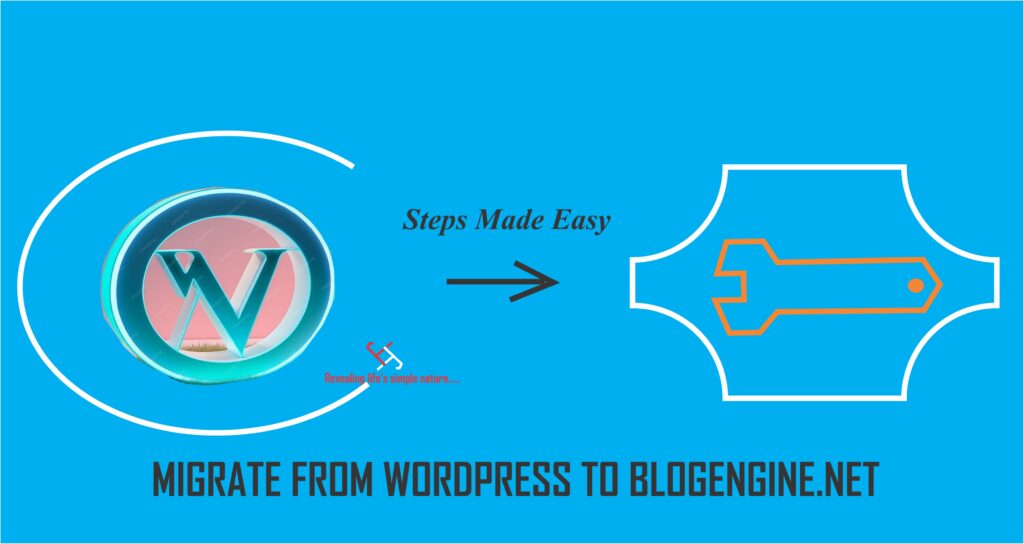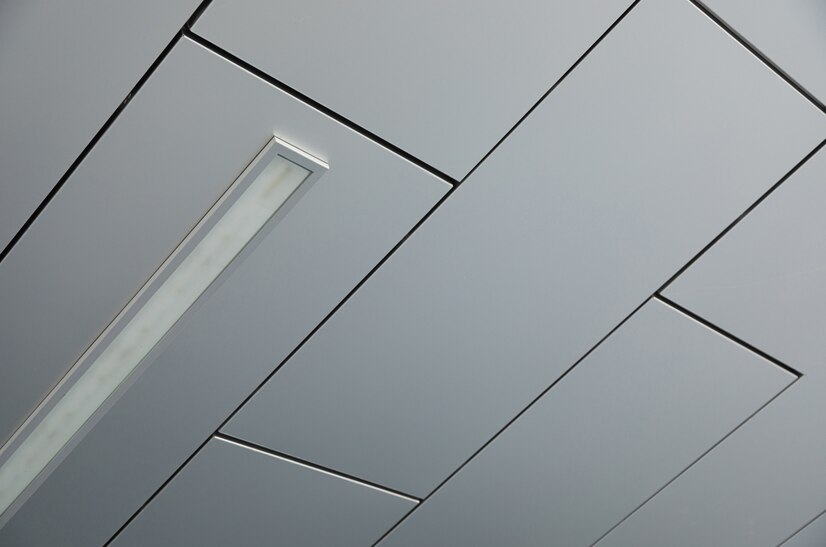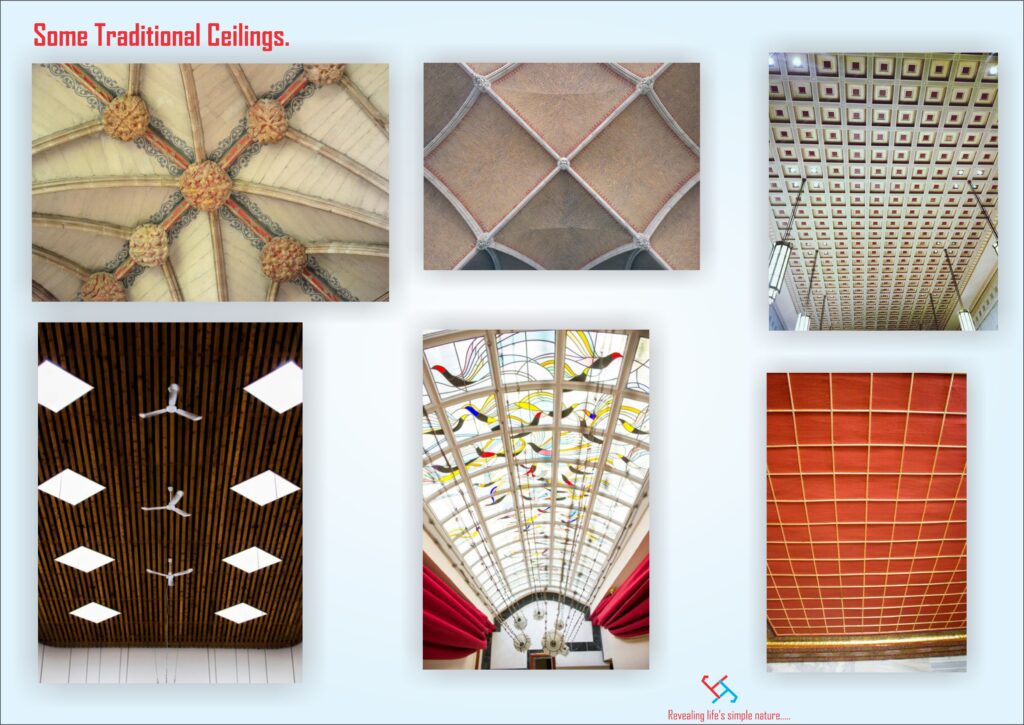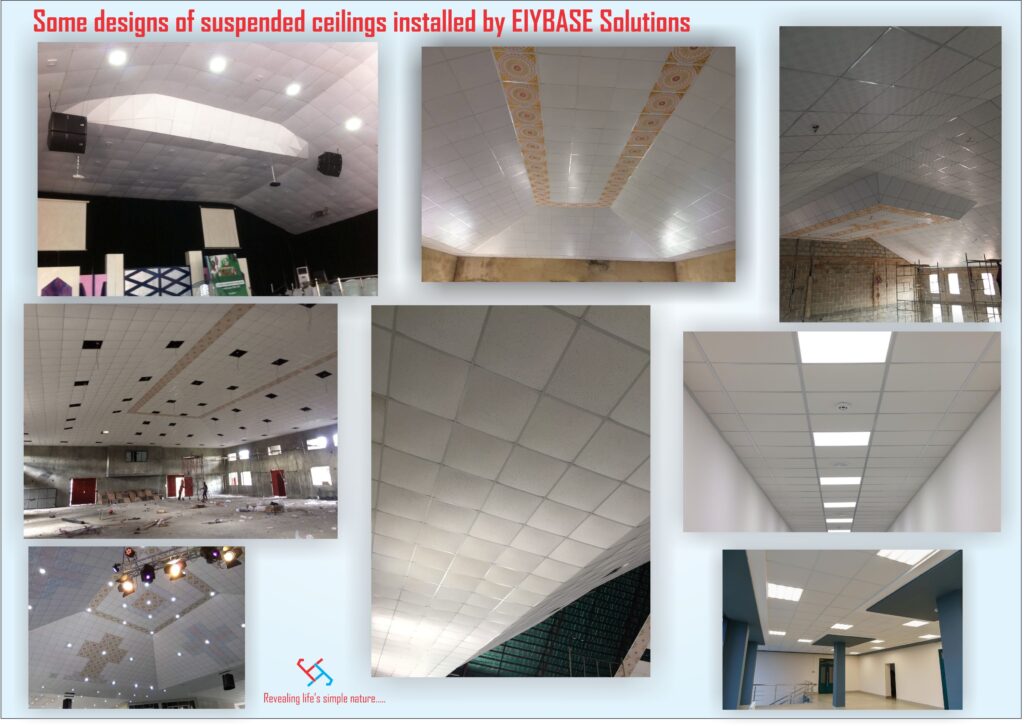Originally posted on November 16, 2023 @ 12:12 am

If you are a beginner looking for a clear starting point to help you build a career or learn how to build AWS Cloud applications and become a certify software developer, we recommend you start with an AWS Learning Plan. In the world today, only passionate individual regularly explore new tools, frameworks, and best practices to enhance their digital skills. Here is a great opportunity for your to be enlisted into software developing or be upgraded
This set of on-demand courses will help grow your digital skills as you learn about cloud developer and serverless fundamentals, containers, and more. Learning Plans can also help prepare you for the AWS Certified Developer – Associate certification exam.
Learn step-by-step with the AWS Developer Learning Plan
AWS Learning Plans offer a suggested set of digital courses designed to give beginners a clear path to learn. The AWS Developer Learning Plan eliminates the guesswork
You will be guided through a recommended curriculum built by AWS experts that you can take at your own pace. Complete the full plan, or choose the courses that interest you. After you complete this plan, you’ll be better able to develop, deploy, and modernize applications on AWS.
You will have gained skills to enter careers as a software developer or DevOps engineer. You will also have a better understanding of AWS services like AWS Lambda and more
AWS Technical Essentials
Successful completion of this course may also serve as a foundation for more advanced AWS training and certification paths, such as those for solutions architects, developers, and sysops administrators.
However, are you looking to solve an immediate technical or business problem? Do you want to sample an AWS Training before starting a full learning plan? Or do you want to customize your learning journey?
Explore all our digital trainings for courses relevant to all skill levels. Watch our most popular trainings below, or browse our full selection to find one that interests you.
Browse individual on-demand AWS courses

1. Getting Started with .NET on AWS
.NET which is a software development framework developed by Microsoft that supports building and running applications for various platforms, including Windows, macOS, and Linux.
It is important to understand the core concepts and features of the .NET framework, including the Common Language Runtime (CLR), the Base Class Library (BCL), and the application deployment model.
2. Introduction to Serverless Development
Serverless development is a powerful paradigm with an approach to building and deploying applications without the need to manage server infrastructure.
The cloud provider automatically handles the administration, maintenance and scaling, of servers, thereby allowing developers to focus solely on writing code.
3. AWS Cloud Practitioner Essentials
This will help you have good foundational knowledge and understanding of cloud computing concepts and practices.
Some examples of major cloud providers are Amazon Web Services (AWS), Microsoft Azure, Google Cloud Platform (GCP)
It is role is often associated with entry-level positions or individuals who are exploring cloud technologies for the first time.
4. Data Analytics Fundamentals
With Data Analytics for beginners, you are expose to the easy guide to collating, examining, cleaning, transforming, and modeling data to discover useful information, draw conclusions, and support real world decision-making
5. AWS Compute Services Overview
It will helps you to have overview of Virtual machines with scalable compute resources that allow users to run applications in isolated environments. Users have control over the operating system, configurations, and software installations.
AWS Certified Developer – Associate (Digital)
AWS certifications are valid for three years. To maintain your certification, you can either take the latest version of the exam or demonstrate continued expertise through qualifying professional experience.



